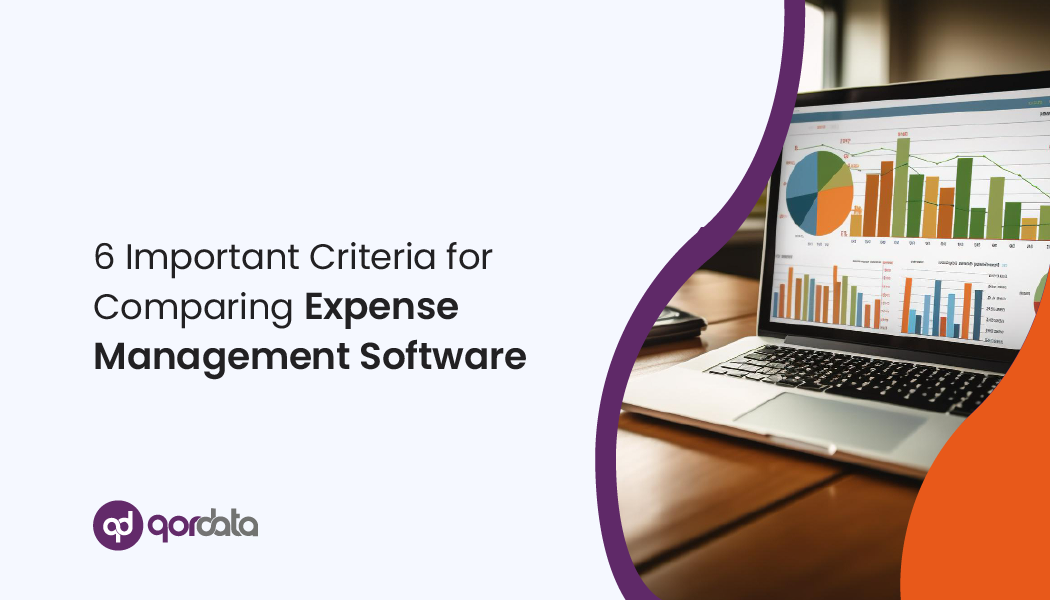As the reporting date under the US Sunshine Act approaches, compliance teams are working harder than ever to collect spend records and have them audited and ready to submit to CMS. If anything, the frenzy of resolving system issues, vendor management, and personnel challenges makes it extremely hard for most compliance teams to reach the finish line.
What would it take for a compliance team to analyze their data prior to submission? Are there any risks involved in submitting data that will be made publicly available without running an audit and analytical review on it?
When Compliance Officers at the CBI conference held in August were asked about their worst nightmare, most of them mentioned one of the following risks:
-
Incorrect spend reports (reports in which incorrect spend reports are mentioned or spend is improperly classified)
-
Incomplete spend reports (reports in which spend transactions are missing)
-
Suspect spend (questionable spend, false claims, fraud and unethical spend)
The simple fact of the matter is that cases like that of Insys Therapeutics and Olympus have proved that any of the above issues can easily get you trapped and have more than just the penalties by CMS imposed on you. Believe it or not, the fines go beyond what the CMS would impose on you, and the reputational risk is more than what you would be willing to take on as a pharma company.
So why is it that compliance teams aren’t putting in the effort to reduce their risk of Open Payments and ensuring that their monitoring programs are efficient enough to handle the risks mentioned above? On the whole, a majority of compliance departments handle thousands of spend records on a yearly basis, and conducting data analysis on them is a serious challenge.
With countless spend records at hand, most of which are under $10, it becomes vital for compliance officers to play Sherlock and take on complicated data analytics techniques that have previously been unavailable to them.
Data Related Challenges
To put things in perspective, let us divide data-related challenges into four distinct categories.
-
Data volume
-
Method
-
Accuracy
-
Benchmarking
Data Volume
-
Pharma companies have way too many spend transactions that make it virtually impossible for them all to be monitored on an individual basis (the average # of transactions back for the 2014 reporting period was 782,900 for the top 5 manufacturers)
-
For aggregated transactions, it is necessary for companies to use the right tools and have the right context
Dealing with this challenge:
-
The utilization of a BI and data analytics toolset is highly recommended for manufacturers who find themselves in the top quadrant of manufacturers with thousands upon thousands of transactions. In such a case, Excel isn’t going to cut it for you, and more sophisticated analytics tools are what you need to visualize and analyze your data to identify outliers and other data anomalies.
Method
-
Pharma companies need to invest manual efforts per individual spend record/exception
-
Limited capabilities offered for rich analytics by top-of-the-line aggregate spend tools
-
Non-existent systematic processes for data aggregation, analysis, and reporting
Dealing with this challenge
Although it is possible for individual transaction verification to be outsourced to a third-party audit firm, and Excel can be used to spot threshold violations, the fact of the matter is that compliance teams require detailed methods to inspect spend for unusual spending patterns and to identify outliers.
-
Make use of BI tools for visualization and data inspection purposes.
-
The creation of a systematic workflow with inspection scenarios is necessary
-
Data inspections need to be performed throughout the year to ensure regular monitoring
Accuracy
-
Guaranteeing accuracy is usually impossible as multiple stakeholders need to be engaged for spend verification.
Dealing with this challenge
-
Pharma companies need to get their compliance teams to make sure that system records are collected, centralized matched with the receipts for actual spend. Final validation of data should be performed by users engaged across the enterprise. This will go a long way in help compliance teams ensure accuracy.
-
Segment spend and assign it to various departments across the organization – get them to provide final validation over assigned data prior to CMS submission.
With the passage of time, spend records are only going to grow, which means there will be even more data to compare, analyze and use in order to reduce the risk of Open Payments. For the current March 31st submission period, you may consider using an aggregate spend reporting solution, which is an analytics platform dedicated to helping compliance teams reduce their pre-submission risks by spotting outliers and detecting data reporting errors.
Other Relevant Reads:
- Aggregate Spend Data in the Life Science Industry
- Solving Open Payments Disputes
- Facts About Open Payments Data
- Best Practices To Ensure Compliance with Open Payments Sunshine Act
- Increase the Effectiveness of Your CMS Open Payments Reporting Program
- Natures of Payment: Payments Categories Explained



